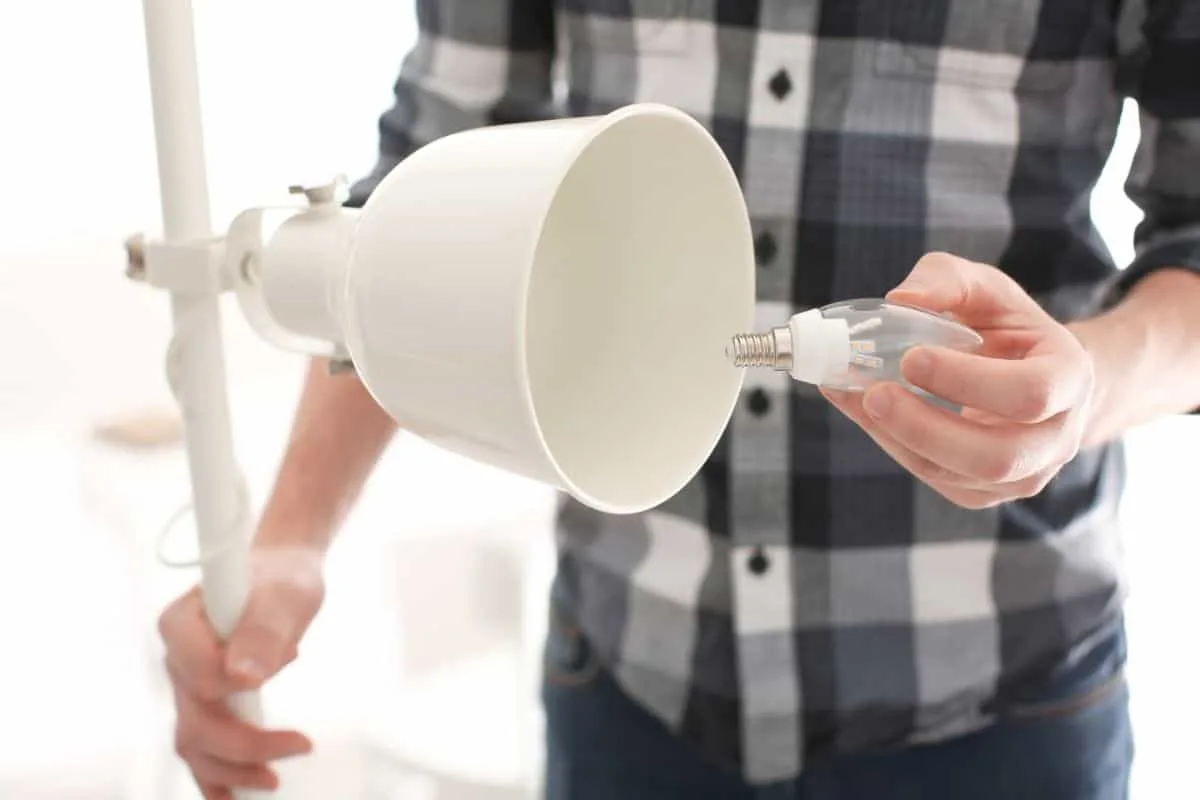Light bulbs are something that you need in all rooms of your house and office spaces. But, how long should light bulbs last? Well, we will research the different types and see how long each should last!
A typical incandescent light bulb will last around 1,000 hours of use, but more energy-efficient options can last up to 25,000 hours. This equals around one year for the incandescent bulbs, 10 years for better alternatives, and up to 25 years for LEDs.
Want to see why these different types of bulbs have different lifespans? Then keep reading and find out all we have researched about the topic.
How Long Should Light Bulbs Last?
The lifespan of a light bulb depends on the manufacturer, as there are some that are known for their high-end options that will last longer than all others. However, there are still some average numbers that offer a medium lifespan for different types of light bulbs.
So, we will go over the light bulb types and the individual lifespan of each option.
Incandescent Bulbs
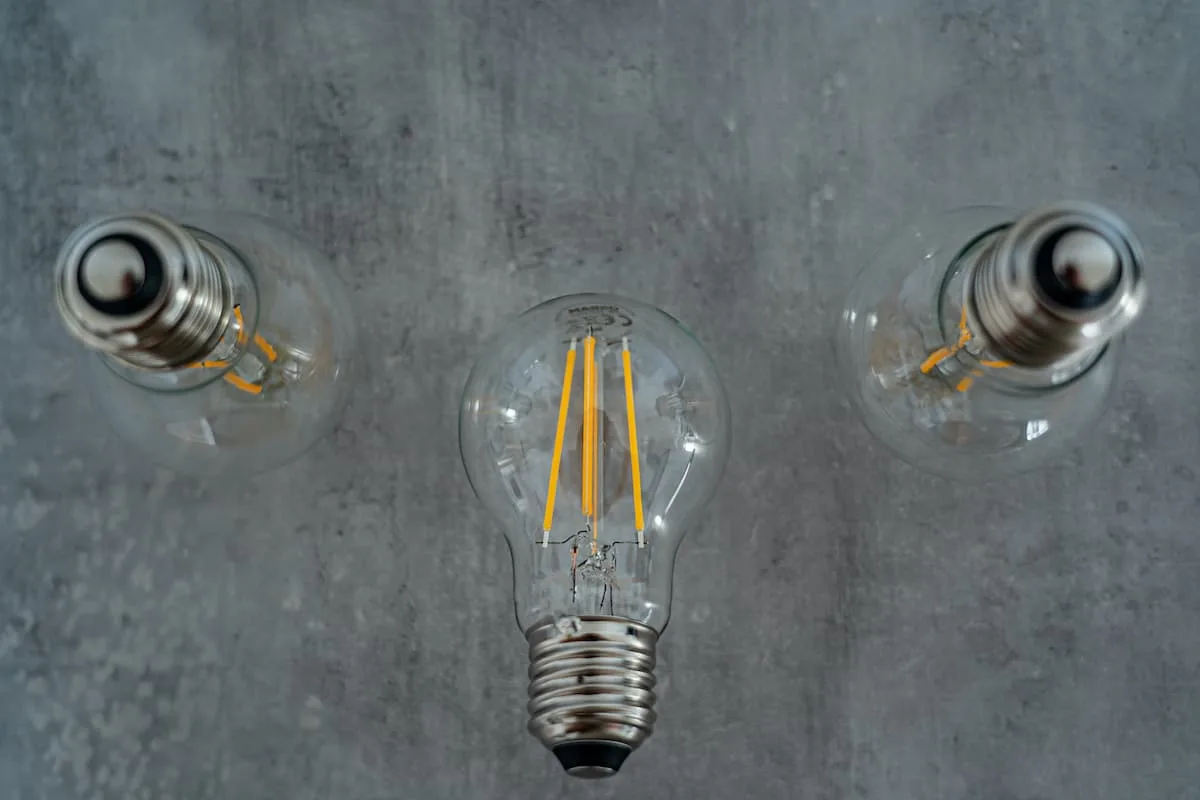
These light bulbs are typically seen in most homes and are some of the most common options that you will find in many grocery and hardware stores. These are the most common options because they are usually the low-price option.
However, because of this low cost, they don’t typically last as long as other light bulbs will.
Incandescent bulbs work by using a wire filament that gets heated up with electricity until the wire begins to glow. This wire is not the most durable thing, and this is often the main thing that can break after some time of being used regularly.
So, because of this build, an incandescent bulb with normally last for about one year. Of course, this is just an estimate because the lifespan will depend on how much you use the light, and how long you leave the light on.
If you use it often by putting it in a main room like the kitchen or bathroom, then it may last a bit less.
Halogen Bulbs
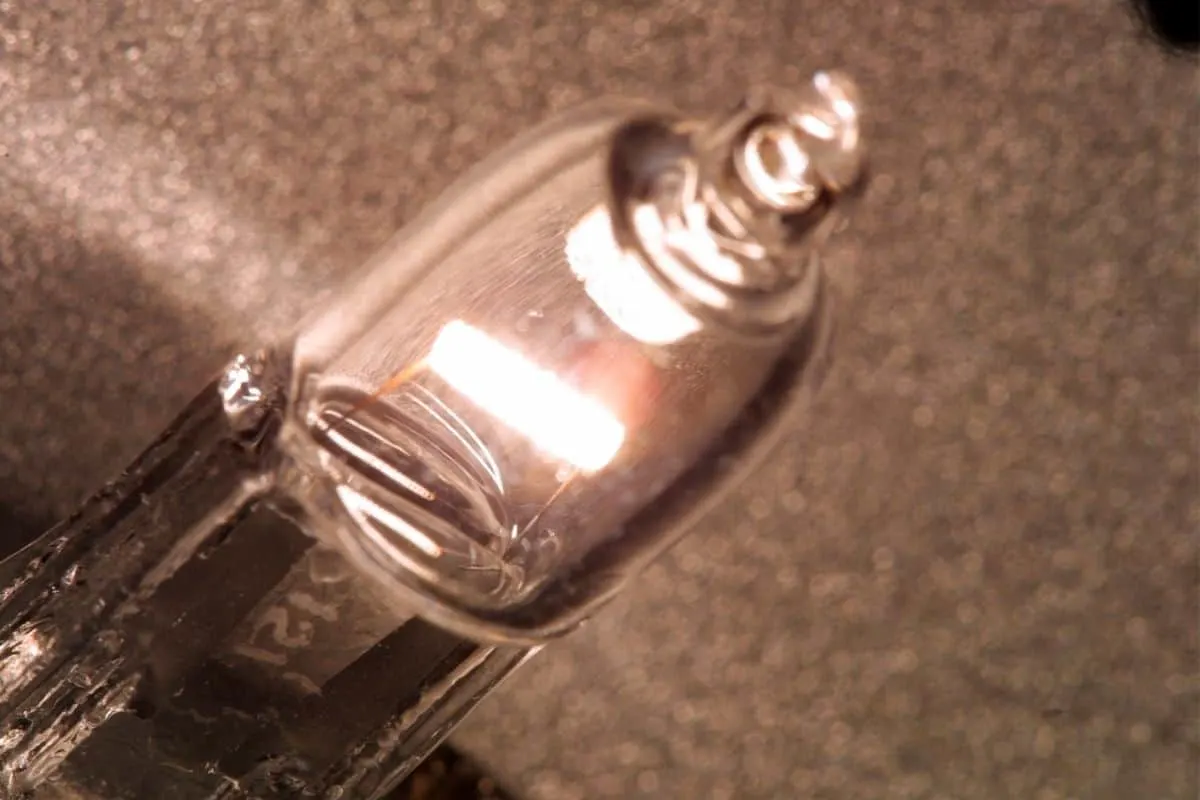
A halogen light bulb is a type of incandescent bulb that has a tungsten filament inside of it, which is within a small container filled with inert gases and halogen, typically bromine or iodine. These work to produce a reaction due to the mixing of halogen and gas, which lights the bulb and allows for higher temperatures.
These bulbs are typically smaller options that are used for projectors, which are often useful in classrooms and businesses. These light bulbs are more efficient than regular incandescent light bulbs, although it is a type of incandescent, and allows for a longer lifespan as well.
A halogen light bulb can last between a year and 18 months, depending how often it is used. This is a bit longer than regular incandescent lights, which saves you some money by not having to buy replacements as often.
Also, these bulbs tend to come with protective envelope over them, so they will not break as easy as other options will.
CFL Bulbs
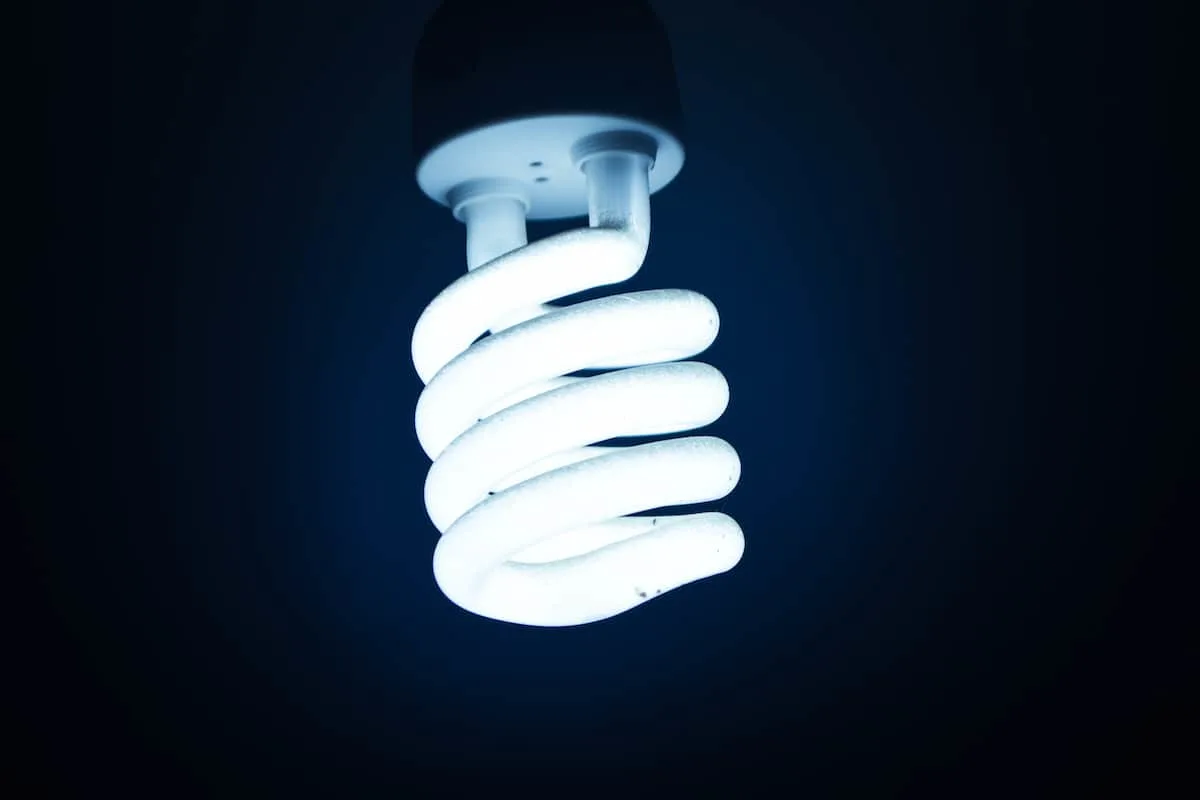
A CFL light bulb, or compact fluorescent lamp, is an energy-efficient option that is made to reduce the amount of electricity that is used to light the bulb. This option was designed to replace incandescent bulbs that don’t last as long, and that use more energy.
This light bulb is made with a tube that is folded or twisted into the size of what an incandescent bulb would be. The base of the bulb has an electronic compact ballast that enables the light to get power when placed into a lamp or light fixture.
A CFL light bulb is made to give off the same amount of light as an incandescent bulb, but with only using between a third and one fifth of the energy. This makes it an ecological alternative to incandescent options.
However, it does come with a higher price tag. But, when you include the lifespan of each bulb and the price, a CFL bulb will make up the price by having a long lifespan when you won’t have to replace it for around 10 years!
However, one thing that gives these bulbs a disadvantage is that they, as all fluorescent lights do, contains a small amount of mercury that is toxic to humans. This makes them more difficult to dispose of because you cannot throw them I the trash can.
Since you only have to change them about every ten years, this isn’t a big issue.
LED Bulbs
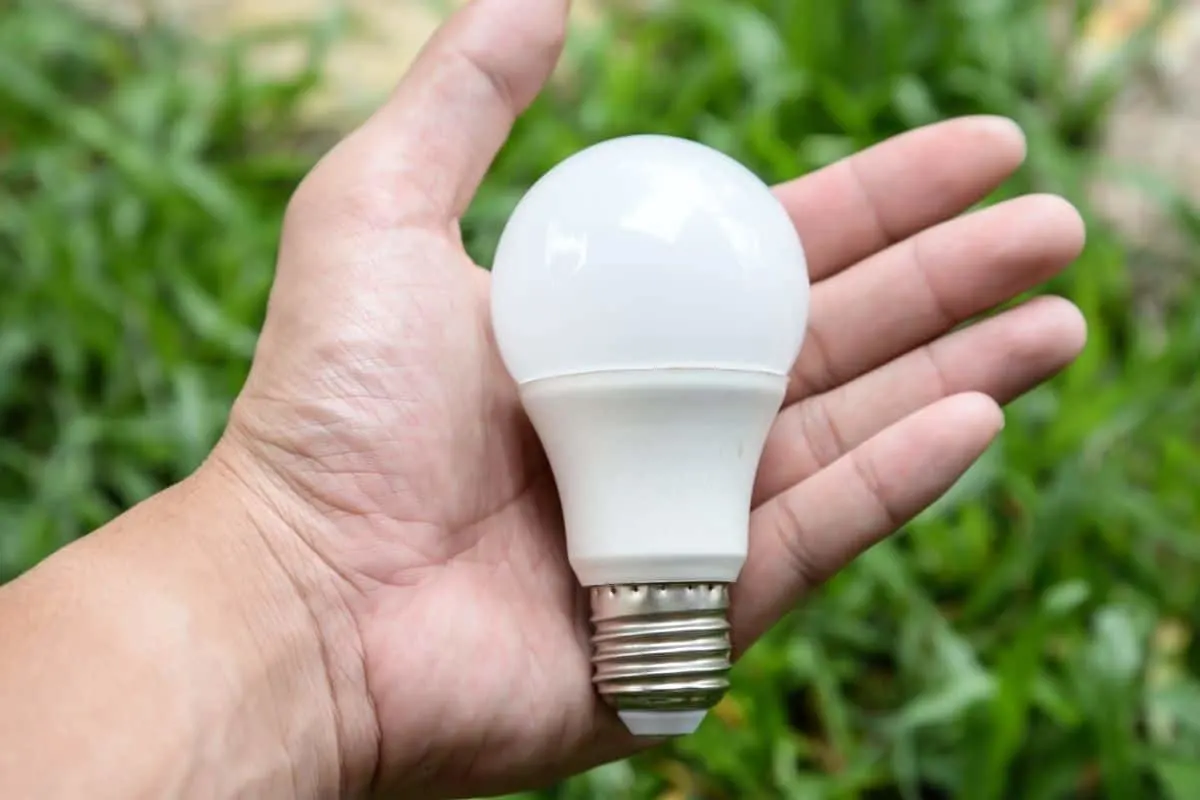
An LED, or light emitting diode, bulb is an option that produces lighting using the diodes and is a brighter option that will also last a long time.
LED lights come with many advantages, including that they are durable and can last up to 25 years of use! This might seem impossible for a simple light bulb, but these were created to be the most energy-efficient option available.
With other light bulbs needing to be thrown out after a while, these will last much longer and create less waste from discarded bulbs. This can be especially important when you think about light bulbs with mercury in them, which cannot be thrown away in the trash and must be given to a facility that safely discards them.
The LED lights are known for their brightness and slightly bluish color, which is much brighter than other options available. The LED chips that are used in the bulb can give off over 300 lumens for each watt.
These are brighter, use less energy, and have a much longer lifespan, so what is the catch? Well, the one downside is that they tend to come with a higher price tag.
However, if you can afford it, these will last a long time and give you a great value for the cost.
Does Wattage Affect Life Expectancy?
The wattage of a light bulb does play a role in its like expectancy. This is because this affects how long the light stays on, and how often it is used.
As we mentioned earlier, the life expectancy of each light bulb will depend on how much use it gets, and if it has very heavy use it might not last quite as long as the average amount.
The watts are consumed whenever the light is turned on. Bulbs that are very energy efficient will have to use a lot of watts to produce a smaller light.
However, those that are more efficient can use less watts to create the same amount of light. So, the more wattage is used, the shorter the life on your light bulb will be.
Does Turning Lights On and Off Shorten Bulb Life?
When you turn on a light bulb, the power source gives the bulb a joint of energy to turn it on. This affects the filament inside of the bulb.
Because this happens each time you turn on the light, this will use up more electricity when you turn the light on and off. This is also why light bulbs will tend to die when you are trying to turn them on.
Keeping a light on uses power, but not as much as when you are turning the light on. So, it is good to leave the light on when you need it at night, but try not to use it during the day when the natural light comes in through the windows.
This will keep your electric bill lower, and ensure that your light bulbs last longer.
How to Dispose of Old Light Bulbs
Knowing how to dispose of a light bulb properly will keep you from bringing harm to the environment and those around you. So, we will go over the ways that you should get rid of a broken or old light bulb.
Halogen and Incandescent Bulbs
These have no harmful materials and can be tossed in the trash. However, the glass can be recycled, so it is encouraged to place them in the recycle bin.
CFL Bulbs
Because of the mercury that is in the CFL light bulbs, these cannot be thrown away. Instead, you will need to dispose of them at a proper light bulb recycling and processing center for hazardous materials.
LED Bulbs
LED bulbs come with no materials that are toxic or hazardous, so you can throw them in the trash. However, because some of the materials used to make the bulbs tend to break down slower than others, it is better for the environment if you recycle them.
Final Thoughts
Light bulbs are a small thing that you use every day and don’t always think about it. However, using them correctly and getting options that last and are energy-efficient are better for your wallet and the environment.
So, when you are looking at different light bulb options for your workplace or home, think about how long each choice will last compared to how much they cost. Like the LED lights, which cost more but last up to 20 times longer than the incandescent bulbs.

